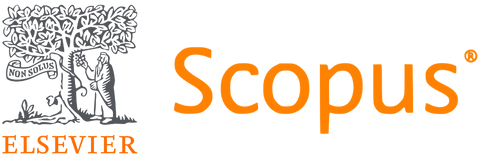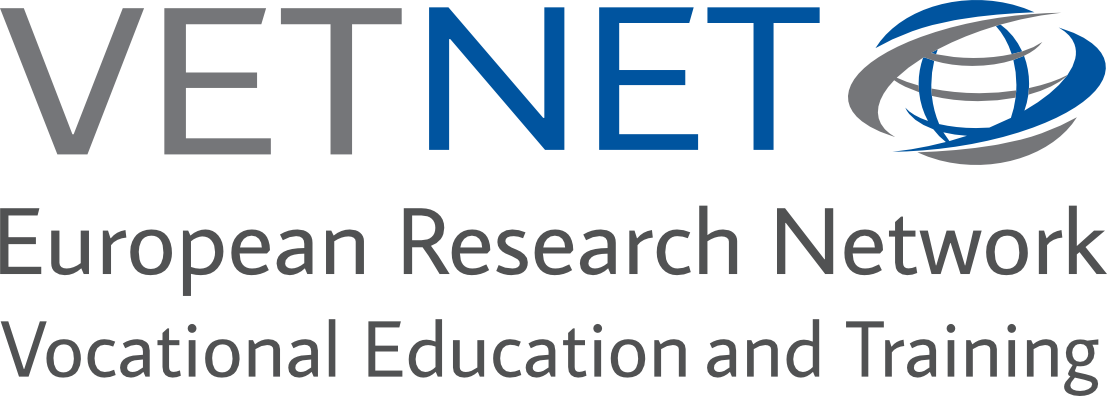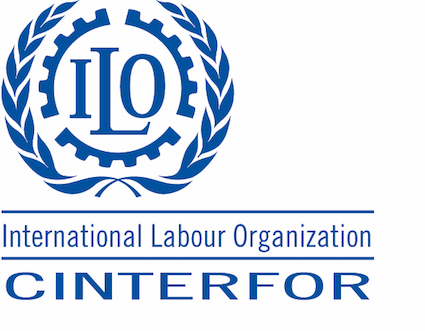Stories of Learning: A Case Study of Norwegian Plumbers and Apprentices in TVET at the Construction Site and in a Training Agency
DOI:
https://doi.org/10.13152/IJRVET.7.2.2Keywords:
Training Enterprise, Training Agency, Apprenticeship, Body and Senses, Inside and Outside Practice, Tacit Knowledge, Drawing and Storytelling, Vocational Education and Training, VETAbstract
Context: Through a dual model, based on 2 years of education in upper secondary school followed by two and a half year of apprenticeship training, Norwegian plumbing education has become an integrated part of the Technical Vocational Education and Training (TVET). Competence and skills are described in national plumbing curriculum. However, there is little information on how learning and training, interaction and relations between craftsmen and apprentices take place and develops at the workplace. The objective of this article is to identify significant learning processes by studying apprentices in a training agency and in communities of plumbers at the building site.
Approach: The study has an ethnographic approach, based on a combination of fieldwork and interviews with apprentices, plumbers and a vocational teacher. During one year of fieldwork I followed a group of plumbing apprentices in a training agency, and in their plumbing companies at different construction sites. As a former plumber and vocational teacher, I was able to participate as a plumber and researcher and thus I had a unique position to work along with the apprentices and plumbers. This enabled me to observe interaction, learning and training in their communities of practices as an insider.
Findings: The study showed that the process of learning practical skills, a professional language and a technical rationale was time consuming, challenging and sometimes tiering. In return the apprentices discovered proficiency, gained confidence and were considered as participants in the community of plumbers. A central finding is the great value of working in a community of plumbers at the building site, combined by studying sanitary and heating technology at the training agency. Among peers at the training agency, the apprentices were challenged to build and explore complex pipe laying, and to discuss technical regulations and rationale with each other and the vocational teacher.
Conclusion: Craftsmen, like plumbers, consecutively handle a variety of technical work tasks and situations. Inside practice, the plumbers are close to materials and systems on construction site, where pipes, cableways and building structures looks different from the plan and the progress on paper. As experts, the plumbers often solve problems more functional and cost effective than suggested in the blueprint. The study shows how apprentices and plumbers develop skills, tacit knowledge and professionality through involvement with relevant things and situations, and by sharing experiences and technical expertise in communities of peers and plumbers.
Downloads
Online First / Final Publication Date
How to Cite
Issue
Section
URN
License
Copyright (c) 2020 Marit Lensjø

This work is licensed under a Creative Commons Attribution-NonCommercial-NoDerivatives 4.0 International License.





